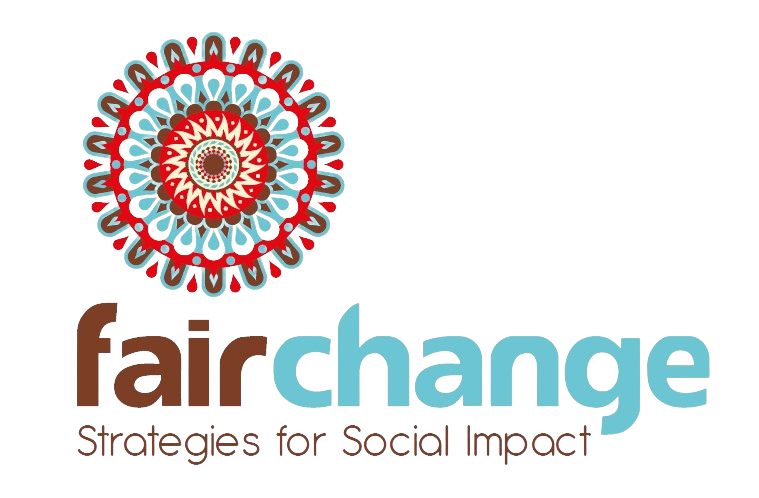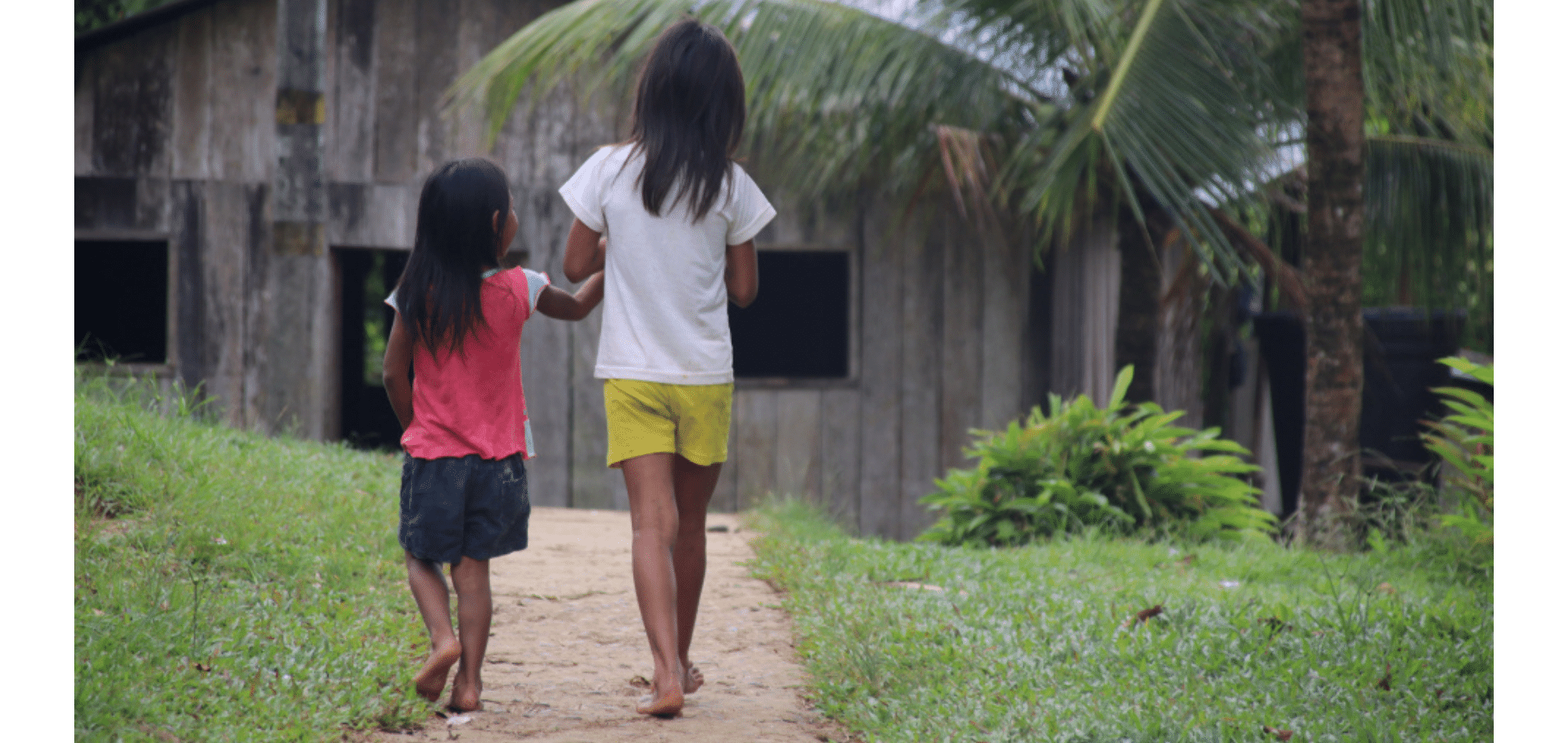A failed experience with community investment that was boldly shared by a sustainability manager from Medellin, Colombia, reminds us of a common mistake. In dialogues with the people our company supports, we often forget to validate our assumptions about what it is they actually need. How can we avoid it?
During an impact reporting event in Bogotá we were invited to discuss the do’s and don’ts of constructive company-community dialogue. An energetic sustainability manager at a leading Colombian beverage corporation – I’ll call her Diana – jumped in with her story.
Visiting a remote Indigenous community
Diana’s light skin and dark blonde hair revealed the European roots she shared with most inhabitants of her home department, Antioquia. This relatively wealthy region is best known for its modern capital Medellín where her company was headquartered. The sustainability manager told us how one day she and her team visited an Indigenous community in a remote operating area that was far less prosperous.
In this isolated part of Antioquia there was a lack of access to everything an urban citizen would wish for: no well-equipped medical centers, quality educational institutions or shopping areas anywhere near. But the Indigenous villagers were resourceful and resilient. They led simple lives in harmony with their rich natural surroundings.
Need for a bilingual school
There was only one thing they missed, they told the company representatives: a bilingual school.
Diana immediately knew what to do. ‘Colombia Bilingüe’, the bold government slogan, had been buzzing around for years. The country ranked among the lowest on the English proficiency list in Latin America. Wherever you went, Colombians would tell you they craved the opportunity to learn that language – it was their gateway to a new future. Native speaker-level English education in schools across the country should turn Colombia into a leading Spanish and English speaking nation by the end of the decade.
Back in Medellín, Diana mobilized key contacts in her network to find teachers willing to travel the long and difficult road to the Indigenous village. She secured a generous social investment budget at her company and convinced the HR department to collaborate with an employee engagement program to mentor the young English learners.
Within just a couple of weeks, Diana returned to the Indigenous community and proudly presented the program.
Miscommunication
But the good news did not land as well as she had anticipated. There was silence in the community center. Incomprehension filled the eyes of the villagers staring back at her from the audience. When the sustainability manager left the stage, puzzled and disappointed, the Indigenous community leader took her apart.
‘Doña Diana,’ he said, ‘This is not what we had in mind.’
At this point in her story Diana burst out in laughter, recalling her mistake. When the community had asked for a bilingual school, she explained to us, they were not referring to English classes. What they wanted was education in their native indigenous language. How could she have misunderstood?
Resources spent on the wrong solution
Well, the sustainability manager’s error was not that unusual.
When the bilingual school idea came up, both the corporate sustainability team and the indigenous community representatives used the same words, but with very different meanings based on their own assumptions and context. Diana was eager to support the community and provide a solution to a need that sounded familiar and urgent.
It never occurred to her that this solution was relevant in her environment, but not in the world of the indigenous villagers her company supported.
She didn’t validate her assumptions and asked to make sure she and her team had correctly understood what was being said. As a result, time, energy and resources were spent on a project that did not address the community’s actual needs.
A common mistake in company-community relations
Now, before we dismiss this experience as a silly mistake, let’s pause for a second and think. Did this ever happen to your organization?
It probably has, because it regularly happens in company-community relations. All too often, we fail to engage in a deep dialogue with the people we support to get a real understanding of their needs. And when we come up with a solution, we forget to double-check. Is the accurate approach that brings the change they actually want?
Fortunately, the well-intended but misguided social investment program brought to the Indigenous community in Antioquia could be halted before it started. Just in time, the local leader made clear where the miscommunication had occurred.
But many times, erroneous social investment initiatives are not corrected.
How to avoid failure of social investment projects
We have seen countless cases of projects that are implemented in a community and fail, training programs that don’t stick, and in-kind support that is never used. Obviously, this is a costly waste of resources where no one benefits: not the community, or the business.
What’s worse, it can even create disappointment and resentment on both sides, putting smooth stakeholder relationships at risk.
So, before we jump to conclusions in our dealings with the communities we support, we should always ask that one key question first. Are we sure we provide the solution to the real problem?
Did you like this blog post? Subscribe to Purpose & Impact Now and you’ll be the first to receive new articles, tools and tips to do business with a higher purpose and grow your positive impact. Yes! Put me on the mailing list.

